|
|
|
|
|
|
|
|
Photo Gallery for Chelydra serpentina - Snapping Turtle
| 77 photos are available. Only the most recent 30 are shown.
|
 | Recorded by: Bobbi Wolff
New Hanover Co.
Comment: | 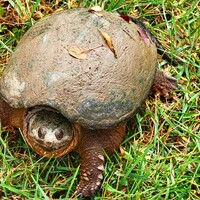 | Recorded by: R. Spainhour, M. Mabe, R. Browder
Surry Co.
Comment: |
 | Recorded by: Travis McLain
Transylvania Co.
Comment: |  | Recorded by: Savannah Hall, Dee Stuckey, and Steve Hall
Orange Co.
Comment: |
 | Recorded by: Travis McLain
Cabarrus Co.
Comment: | 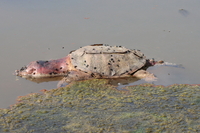 | Recorded by: Travis McLain
Cabarrus Co.
Comment: |
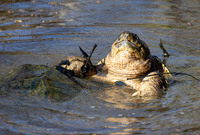 | Recorded by: Steve Hall
Orange Co.
Comment: Interacting pair; possibly attempting to mate |  | Recorded by: Steve Hall
Orange Co.
Comment: |
 | Recorded by: C. Teague
Beaufort Co.
Comment: | 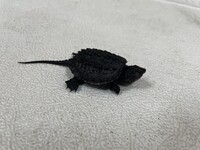 | Recorded by: L. Eckart
Carteret Co.
Comment: |
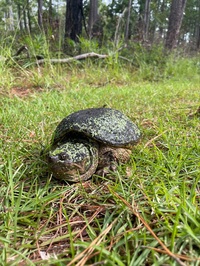 | Recorded by: C. Teague
Beaufort Co.
Comment: | 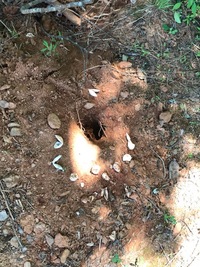 | Recorded by: J. Mickey
Surry Co.
Comment: |
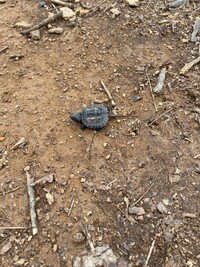 | Recorded by: Taz Blackley
Orange Co.
Comment: | 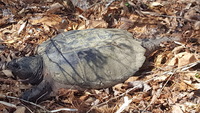 | Recorded by: K. Sanford
Gates Co.
Comment: |
 | Recorded by: Hunter Phillips
Onslow Co.
Comment: | 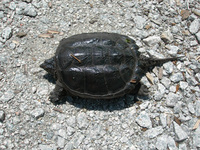 | Recorded by: R. Newman
Carteret Co.
Comment: |
 | Recorded by: M. Griffin
Burke Co.
Comment: | 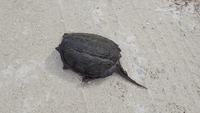 | Recorded by: Erich Hofmann and Kayla Weinfurther
Jones Co.
Comment: |
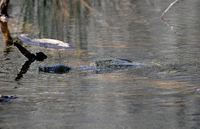 | Recorded by: J. Mickey
Wilkes Co.
Comment: | 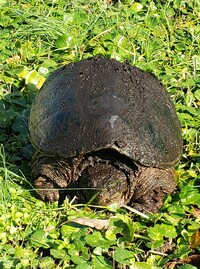 | Recorded by: R. Evans
Onslow Co.
Comment: |
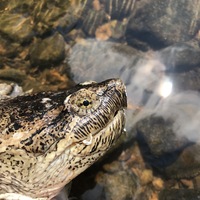 | Recorded by: J. Thomson
Orange Co.
Comment: | 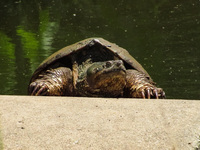 | Recorded by: C. Taunton
Wake Co.
Comment: |
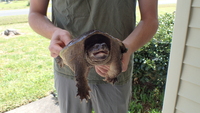 | Recorded by: Erich Hofmann and Kayla Weinfurther
Craven Co.
Comment: |  | Recorded by: W. Ruark, N. Greene, V. Jones, T. Kittle
Iredell Co.
Comment: |
 | Recorded by: Roger Sanders
Ashe Co.
Comment: | 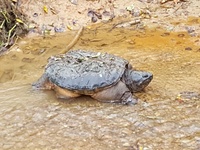 | Recorded by: A. Early
Stanly Co.
Comment: |
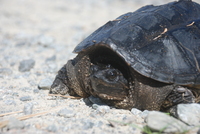 | Recorded by: K. Sanford, J. Hiatt
Camden Co.
Comment: |  | Recorded by: M. Strnad
Beaufort Co.
Comment: |
 | Recorded by: N. Crider
Beaufort Co.
Comment: |  | Recorded by: B. Anderson
Wake Co.
Comment: |
|
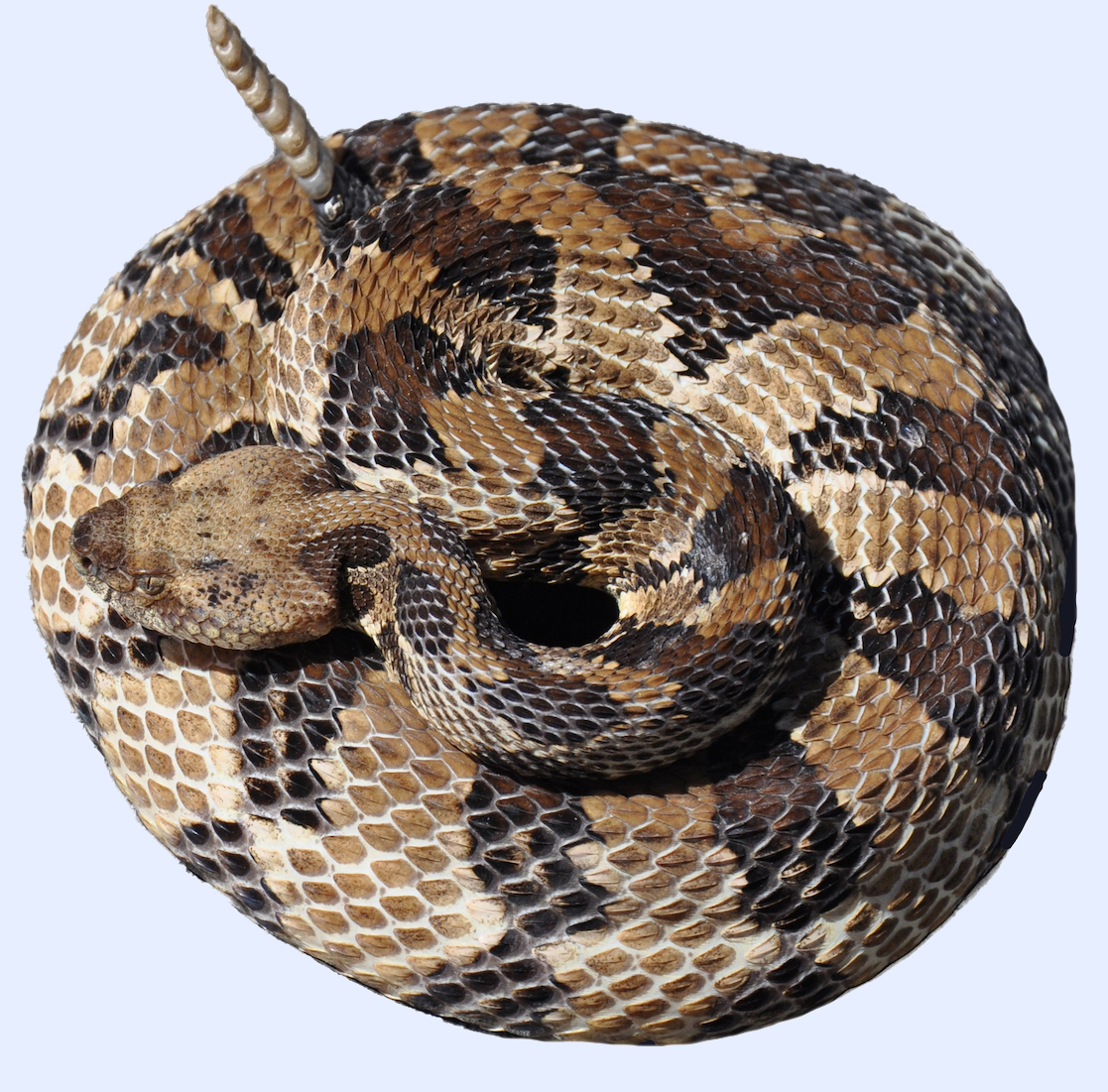
 »
» 




 »
» 


